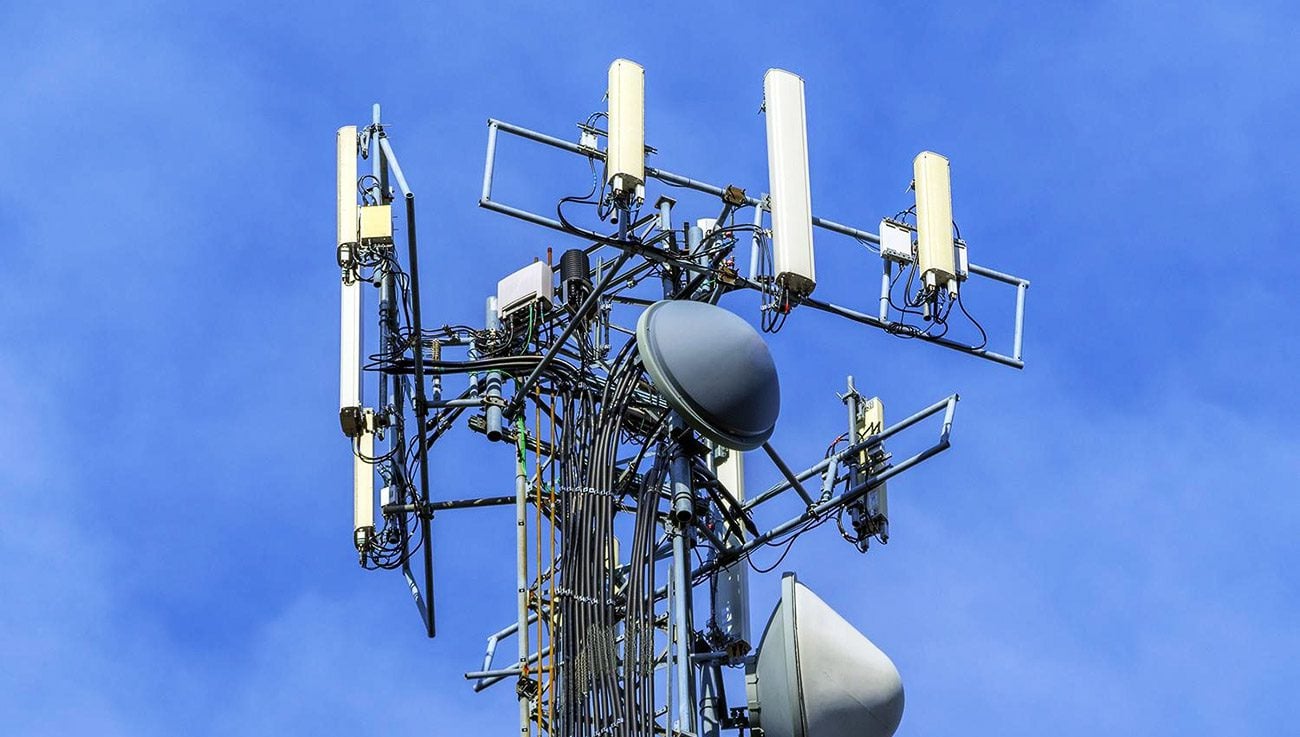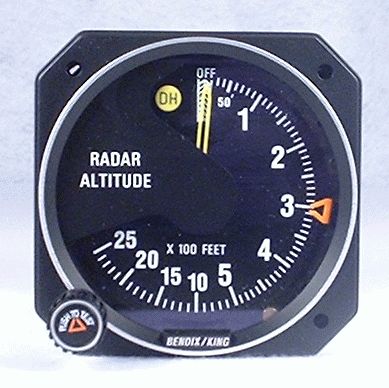
Phone2BTowers2BHarmful2BTo2BAnimals
The aviation concerns over the 5G cellular telephone equipment rollout in the United States have once again caused an eleventh-hour delay in activating the system, originally scheduled for this morning. Concerns center on potential interference with radar altimeters, which tell pilots their precise height above ground and are critical for low visibility landings. False readings from a radar altimeter could potentially cause an aircraft to crash during landing, the most critical phase of flight.
A voluntary stop to the roll-out near airports has been agreed to by AT&T and Verizon while the FAA continues to study the problem. While the 5G rollout has been known for several years, this issue has only come up recently, at the eleventh hour and 59 minutes, just before widespread deployment is scheduled to begin.
The FAA is apparently re-examining the safety issues associated with the 5G rollout that they failed to examine earlier. Neither of the phone companies has indicated how long they will delay the rollout or shut down towers near airport runways. Given the long-anticipated rollout of the cellular network, one would have thought this issue would have already been thoroughly analyzed.
Reports indicate that while 5G has been successfully deployed near airports internationally, but that additional safeguards, such as those required in France are not required in the United States. The FCC, which regulates cellular communications, is confident that the system can be deployed safely, meaning that two elements of the U.S. government disagree and have reached different conclusions. One says no problem, while the other over-exaggerates a potential aviation armageddon. But since airlines must obey FAA regulations, and the FAA has determined that potential issues exist, they would unable to fully utilize the capabilities of certain aircraft at some airports without the rollout delay, notably in poor weather. And since it is now winter, we have quite a bit of poor weather.
Focus on the radio altimeter
If you have ever been in the cockpit of an aircraft equipped with a radar altimeter, that instrument shows the height above the ground digitally and also speaks out the altitude above the ground in 10-foot intervals when approaching the runway. The countdown of 50-40-30-20-10-5-zero tells the pilot when to ease off the throttle, raise the nose of the aircraft, prepare for landing, and then activate the thrust reversers and braking once firmly on the ground. It can also announce the decision height- the altitude at which the pilot needs to be able to see the runway or go around if not using an automated landing system. Commercial aviation altimeters operate in the 4.2 to 4.4 GHz band, which is close to the 3.7 to 3.8 GHz band used for telecommunication systems.
In winter, where runways can be slippery due to snow or icy conditions, it is imperative to hit the landing zone of the runway to allow enough distance to slow down and brake. Knowing how far above the ground the aircraft is helping pilots determine when to throttle back and make their final adjustments for landing.
The FAA’s guidance is not uniform
In addition to concerns over radar altimeters, certain aircraft face other potential interference with other flight-critical systems. The Boeing 787, for example, apparently has a potential issue with the activation of thrust reversers, which slow the aircraft after landing on the runway. Potential interference could delay their deployment, which could result in the aircraft not being able to slow down quickly enough and potentially continue to roll off the edge of the runway.
While most older models from Boeing and Airbus have only the radar altimeter to worry about, newer models like the 787 may face additional issues because of its more modern fly-by-wire control systems. An Airworthiness Directive identifies flight controls, the autothrottle system, engines, traffic alert and collision avoidance system (TCAS), and the ground proximity warning system (GPWS). The FAA is in the process of creating a series of directives for individual airports as well as individual airplanes to deal with the 5G rollout near major cities.
The Boeing 777 has also been singled out as having a potential problem, and several international carriers, including Emirates, ANA, and JAL, canceled or changed aircraft on flights to the US until the issue can be resolved, being uncertain of whether they could successfully land. Emirates did operate some 777 services to the US, however, while Air France, Korean Air, American and United were deploying Triple Sevens. Later on Wednesday, the FAA updated the list of aircraft with approved radio altimeters and included the 777 and A380 that were previously absent. Emirates told AirInsight earlier that Airbus had said that the A380 was compatible with 5G, which the OEM confirmed. According to the FAA, 62 percent of the US fleet has been approved. Expect most of those canceled flights will be restored on Thursday.
Regional airports not covered by the deferral
So far, the FAA and the two major wireless carriers have agreed not to deploy 5G within two miles of more than 80 airports. But that still may not be enough to solve the problem. Regional airlines flying regional jets, which also have radar altimeters, into several hundred airports that are not presently covered by the current eleventh-hour deferral. These aircraft, including popular models from Mitsubishi (Canadair Regional Jets) and Embraer (E175) fly into impacted airports on a regular basis. Should interference issues occur, some smaller airports could potentially lose their air service if aircraft can’t land safely. Airlines are still awaiting FAA guidance for many airports and aircraft.
There is a significant potential for economic disruption for airlines if they cannot fly, and for wireless companies, if their higher-speed signals have key holes in their networks. This is particularly important at airports, where wireless phone usage is high and customers need high-speed internet connections. While there are logical arguments on both sides, we side with safety, as nobody should potentially face a fatal crash because of the need for higher data speeds.
What is unfortunate is that this issue hasn’t been previously studied with definitive conclusions and tests to ensure safety and to determine how close a tower should be to a runway to be safe. It is logical to expect that some airplanes could need additional shielding and retrofits to their radar altimeters in the future, but that will take a bit more time – time that the communication providers believe had already been provided.
For this argument, we should follow the science and conduct the right experiments to determine if a problem does indeed exist. But doing that the day before system deployment indicates that the FAA may have again been sleeping on the job. The Boeing 737 MAX was a black eye for the agency. This eleventh-hour action is clearly a second black eye for an agency that seems increasingly unable to do its job keeping aviation safe on a timely basis.
Views: 1





